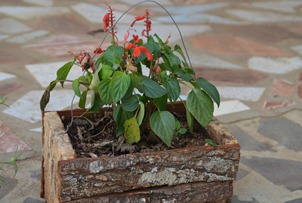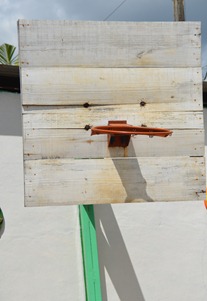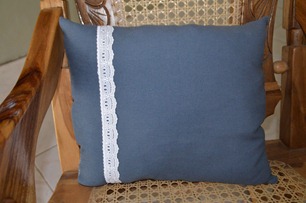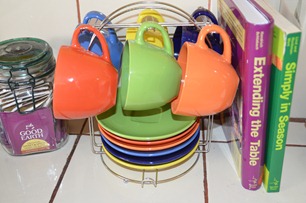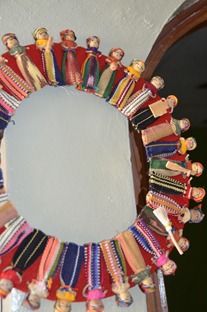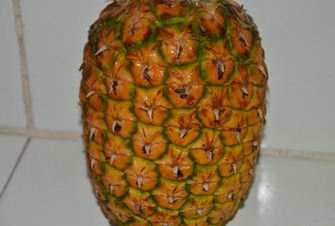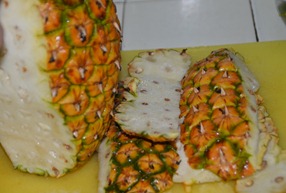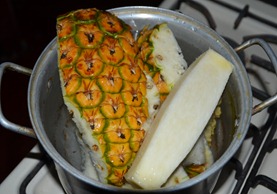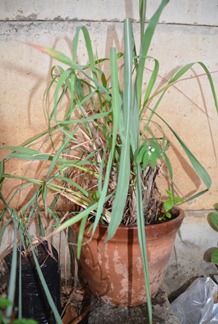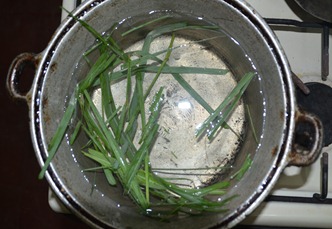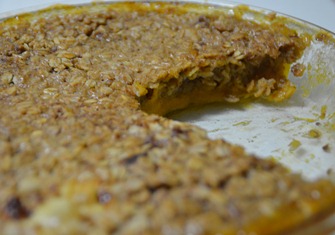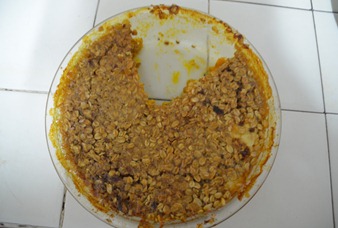Our assignment with MCC here in Nicaragua is focused on peace building, one of the three focal areas of MCC. As we write on this blog, we may be using terms or acronyms that could be understood more clearly with a better background and/or description. Our friends KN and KTBN, who we met at orientation and who are now serving in Bolivia wrote this blog post a few months back and we thought it was very well written. We hope that you also find it helpful!
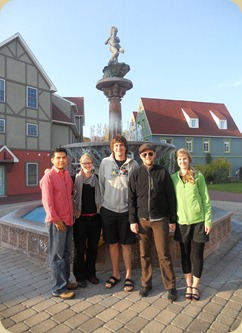
(above is a picture from orientation of KN and KTBN along with a few other MCCers and friends)
Aid: A general phrase talking about money and/or materials and work associated with "developing" other place. This can also relief work, which is described below. In some vague sense, I suppose we are "Aid Workers".
Dependency: This is a situation where an unequal relationship creates a party that provides, and a party that receives. These are easy to find, but very, very tricky to resolve sometimes. Generally, there is a recognition that in disaster situations, relief aid comes in and creates temporary dependency relationships by necessity--e.g. getting food to refugees in camps. Pretty much all professional NGOs recognize, though, that there is a need to be moving quickly towards getting people off those sources of support as quickly as possible so that they are self-supporting and able to realize their own capacity for sustenance.
Development: Depending on your theoretical and experiential biases, "development" usually refers to some kind of attempt and planning and carrying out the evolution of a community--whether that is measured in the terms of economics, social capital, health, food security, conflict incidences, water access, education, or whatever thing a group is attempting to bolster. A quick note on this: it can be the mark of hubris to waltz into a community and announce that you are going to develop it. Much of the work done by "development (or aid) workers" is found being done in Global North countries, but we do not often call it "development" work. This calls for a momentary pause and reflection on our predisposition in the Global North (and elsewhere, of course) to assume that we have "the answers," know-how, or even ability to effect the growth of a community that we are not a part of. Which is potentially imperialistic, egoistic, and leads to god-complexes.
(Global) North: This usually encompasses countries of general wealth, power, influence, and prosperity that tend to send materials and resources rather than receiving them. Obviously, the state of the world being what it is, dividing these into a binary is definitely an over-simplification. But sometimes it happens. Sorry. Examples: United States, Canada, Germany, etc.
(Global) South: This is the catch-all generalization to refer to what people often might call "Third World" countries, although that is generally a Cold War-era term specifying countries in which the US or USSR would fight their proxy wars through aid, support, ideology, or just plain war. Why "South"? Because broadly speaking, the Southern hemisphere contains what have most frequently been understood as "Third World," "Developing," or just plain "Impoverished". An aside: this term and its counterpart are obviously very limited, as they leave little space for nuance, and the fact that many countries no longer fit the generalization, such as the G20 (or whatever number it's up to now)--including countries like Brazil, South Africa, and Indonesia. Examples of Global Southern countries: Bolivia, Guatemala, Uganda, Laos.
MCC: Mennonite Central Committee. Why a committee? Why the odd, archaic title that conjures up McCarthy-era fears of the Reds? In short, MCC was founded officially back in the1920s when a bunch of separate Mennonite relief committees (regional, denominational, or otherwise) decided to coordinate and join together in one central committee. So actually the name makes a lot of sense, historically speaking.
Partner (NGO): MCC's preferred way of working is to develop official partnerships with local NGOs, empowering and capacitating them to better carry out their goals and missions. So a partner of MCC is almost always a local NGO doing some kind of work that MCC sees as congruous its own mission and goals and therefore sees fit to try and lend support of some kind (money, presence, personnel, materials, etc.).
Peacemaking/Peacebuilding: It is a mark of my true ignorance about all the terms above that I haven't shuddered in the attempt to outline them until this term, and that's not to imply I know all that much about peacemaking (generally interchangeable with peacebuilding). Peacemaking is a broad, umbrella term to refer to the disciplines and methods related not only to conflict resolution (c.f. my Peace Studies major), but to the construction of more just and equitable societies. As a Christian, I think of peacemaking in the context of the idea of Shalom, or the wholeness of all creation in right relationship with YHWH and each other. Which of course means lots of things, and why it's almost laughable to try and summarize it here when our office library has shelves dedicated to the topic.
Relief: This is short-term aid (usually of a material sort) specifically for responding to disasters. Examples: providing food and temporary shelter for people on the Gulf Coast after Hurricane Katrina or the same after the 2010 earthquake in Haiti. Relief work is not intended to continue, as it is very, very easy to create dependency relationships.
Sustainability: One would think that this term means the capacity for a person or group to indefinitely carry on work without outside input, or to search out other sources of input on their own. But xkcd probably does the best job of pointing out that this word means almost nothing anymore:


